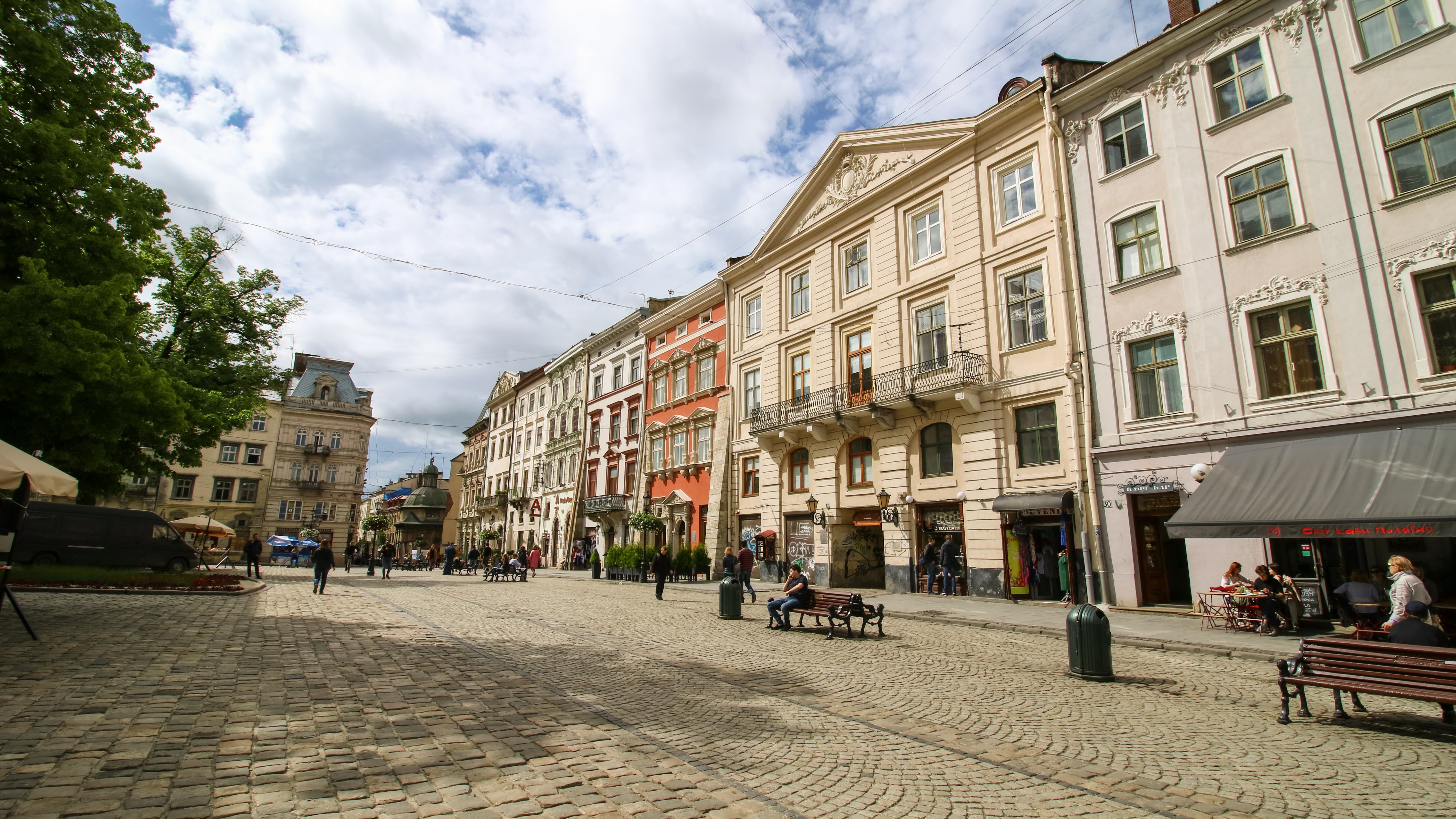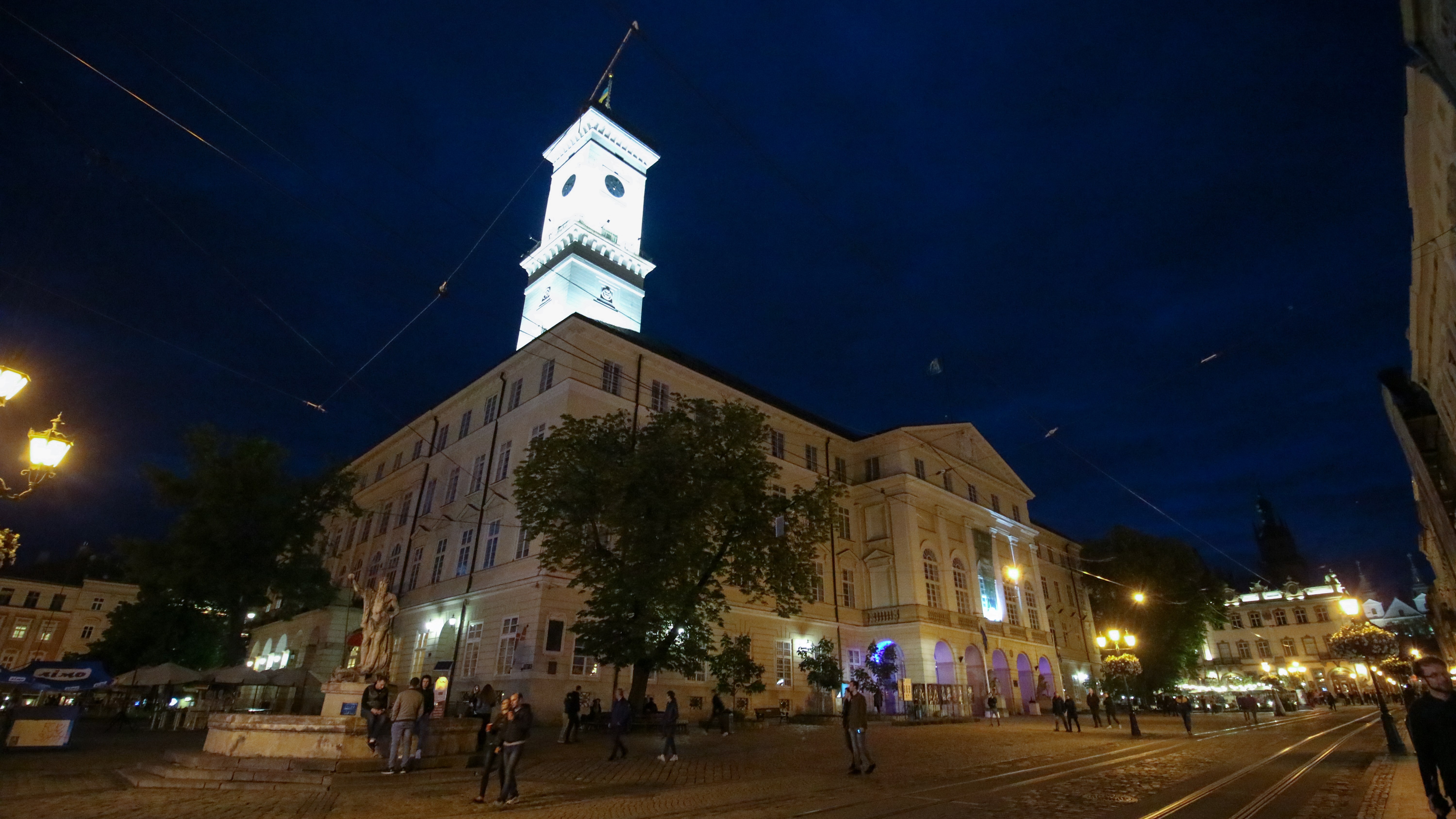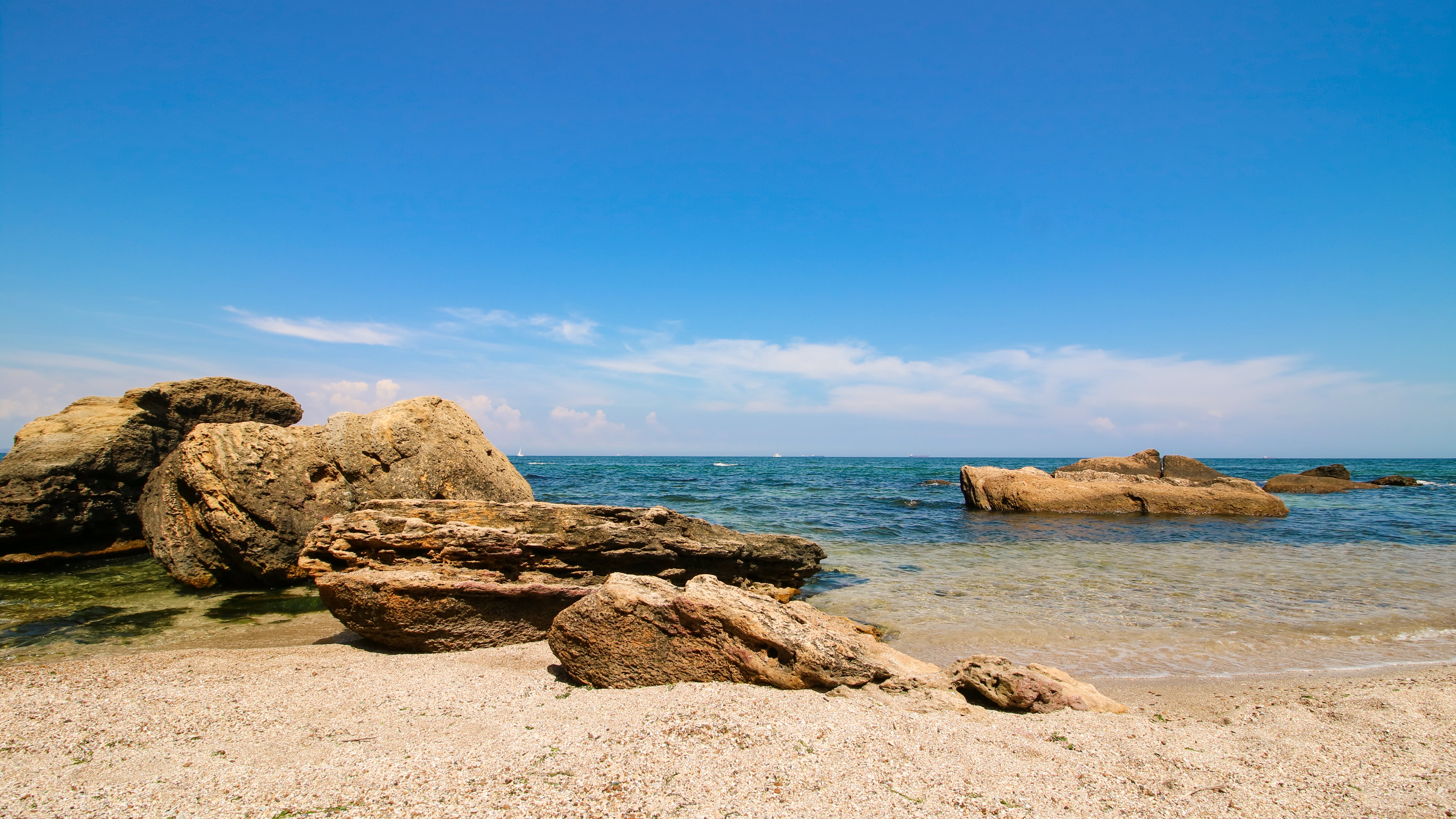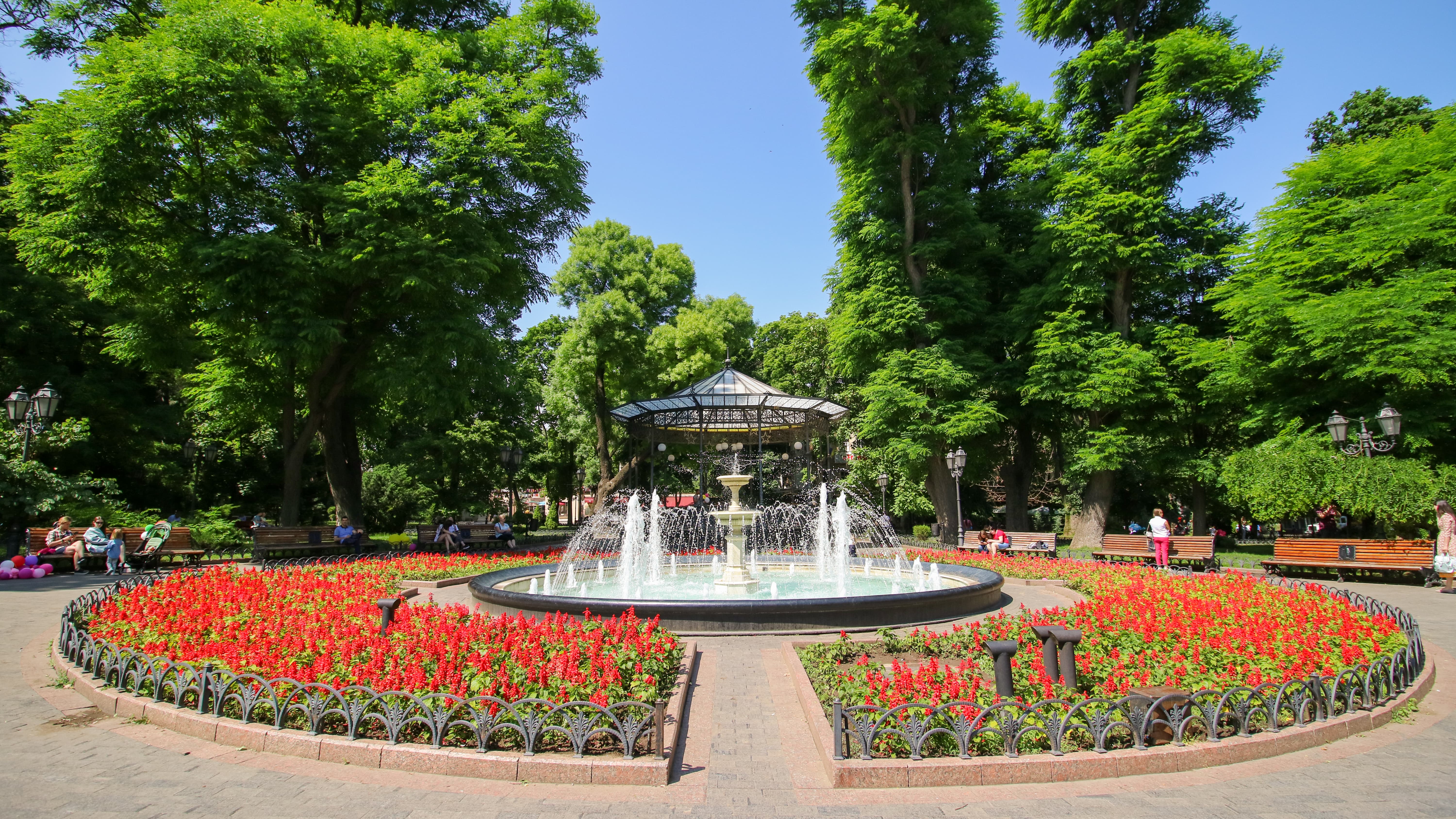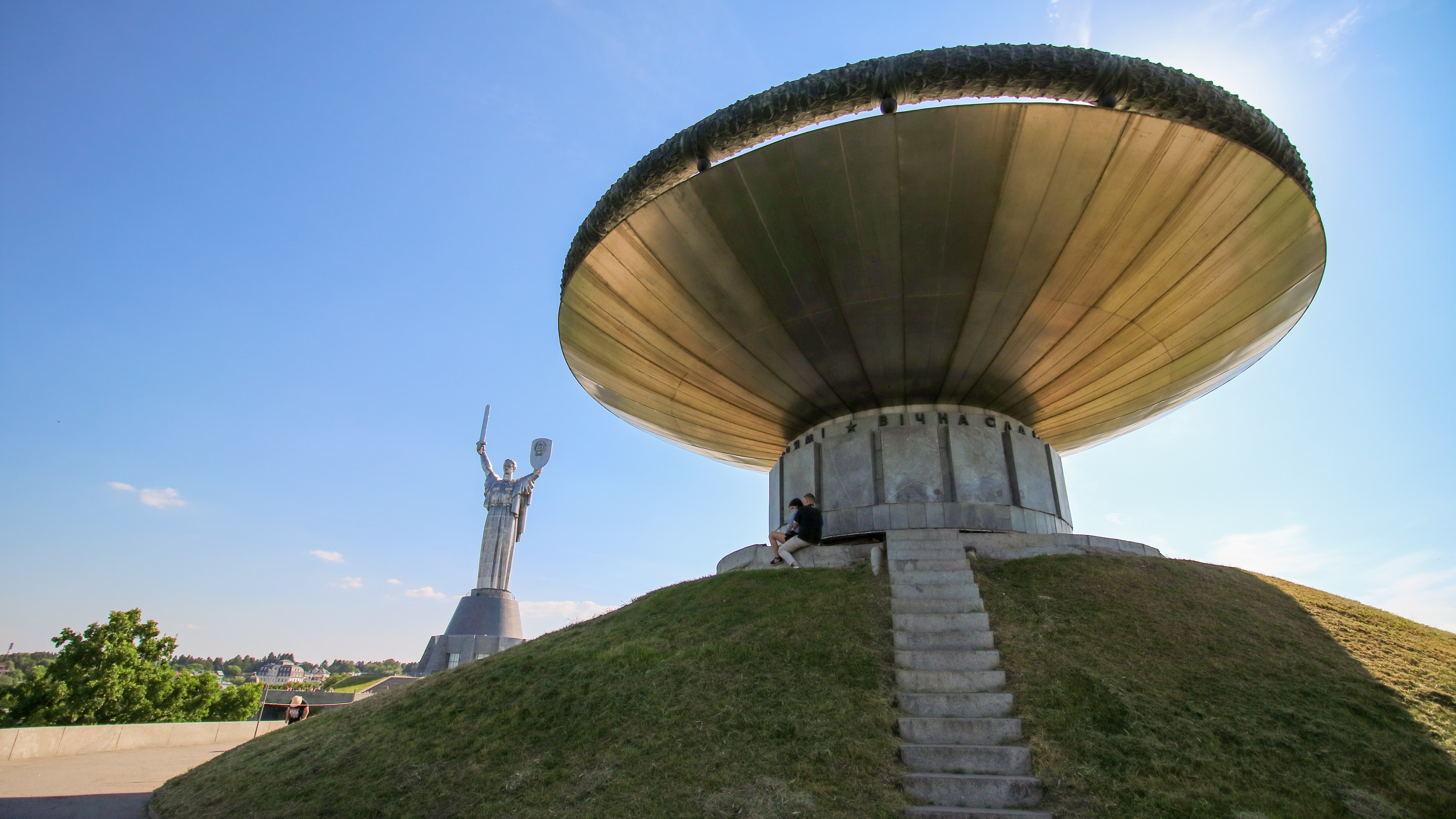These days Lviv is visited by hordes of tourists who are having a great time and enjoying the city vibes. And that is great! However, a lot of people end up in huge marketing loop. The city has many locations to offer and we want to share our story of how to explore cultural side of Lviv. Therefore, in this article we want to highlight cultural sites which in our opinion are worth your while and share with you all the little details we know. If you are looking for a great recommendation of how to investigate Lviv’s most cultural side, this article is for you.
Cultural sites of Lviv are surrounding the heart of the city and many of them are situated in the Old town. We encourage our readers wander through city and investigate its beautiful churches, architecture, hills, cemeteries, gardens, dungeons and parks on their way of exploring cultural side of Lviv.
Old Town
Old town and all the little streets with roads made of stone and buildings colored in different colors, stuffed with all those bars and restaurants which you cannot ignore (Read more: Unlock Secrets of Lviv Guide to Outstanding Bars & Restaurants). While walking through, you can identify that Lviv was touched by many different cultures. Lviv’s Old town is not so big, thus, all the people who are visiting and locals are partying not far from each other and can always interact.
USSR museum-backyard
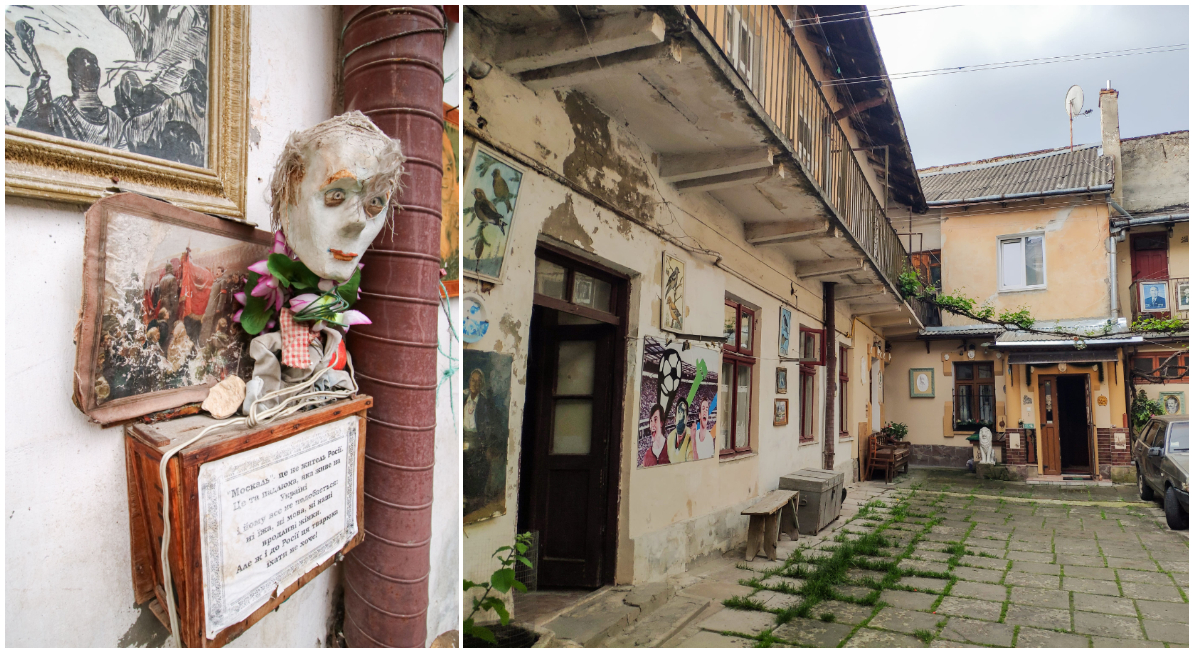
Without question Lviv’s Old Town could be one of the prettiest in Eastern Europe. However, we decided that we want to explore more and move a bit off the beaten track. There are many places here which you could find less touristy, also, free yet astonishing. “USSR museum-backyard” is one of them. Here you will be able to feel the old city vibe when it was occupied, and people were forced to live sharing apartments. Inside the yard you feel like in a museum. There are some Ukrainian poets and artist works hanging. Probably the most interesting was the explanation of what is a “Mascoli”. You should take into consideration that simple people are still living there, thus, do mind if they are asking you to behave.
Gas Lamp
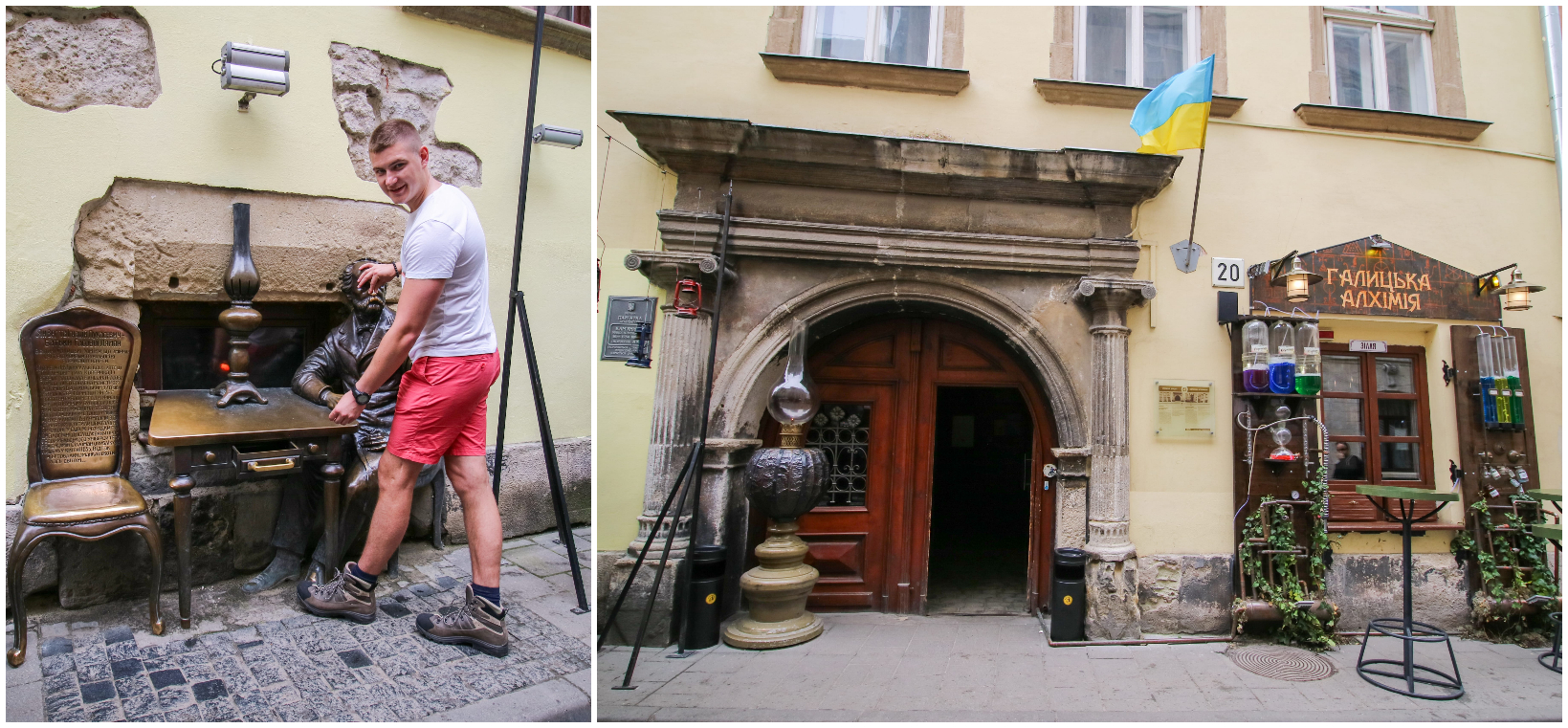
You probably would not know but in 1853 Lviv pharmacists brought to the world a gas lamp that later became famous as “Viennese”. In this wonderful location you can feel real Lviv’s pub vibe and explore one of the largest collections of gas lamps in Europe.
Church and Monastery of Benedictine
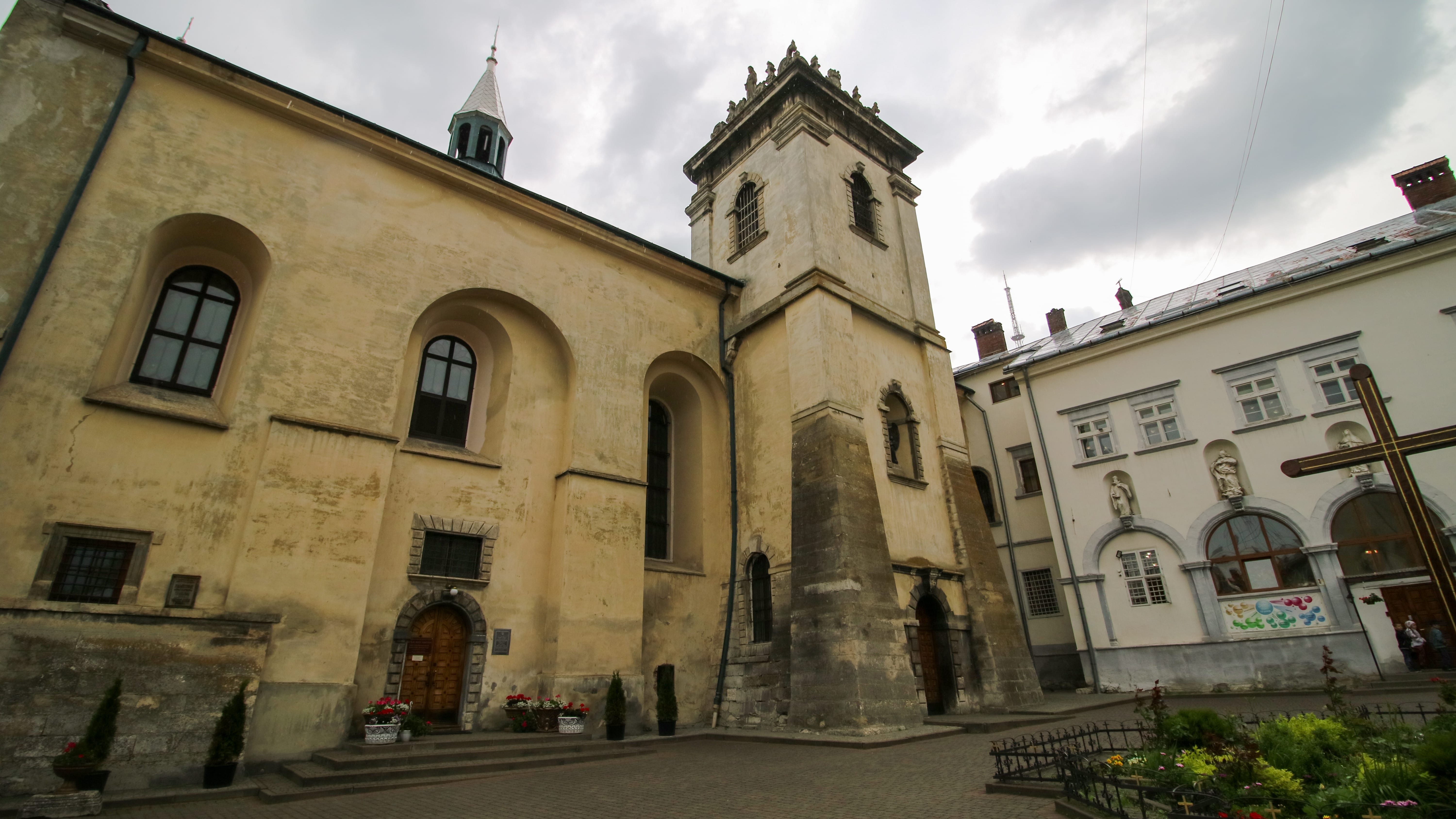
This church is located outside the Old city. When raids to the city took place, people who were not so wealthy and did not live inside the city’s fortifications were coming here and hide from invaders. This place saved many lives and could be called a fortified church.
Armenian Church
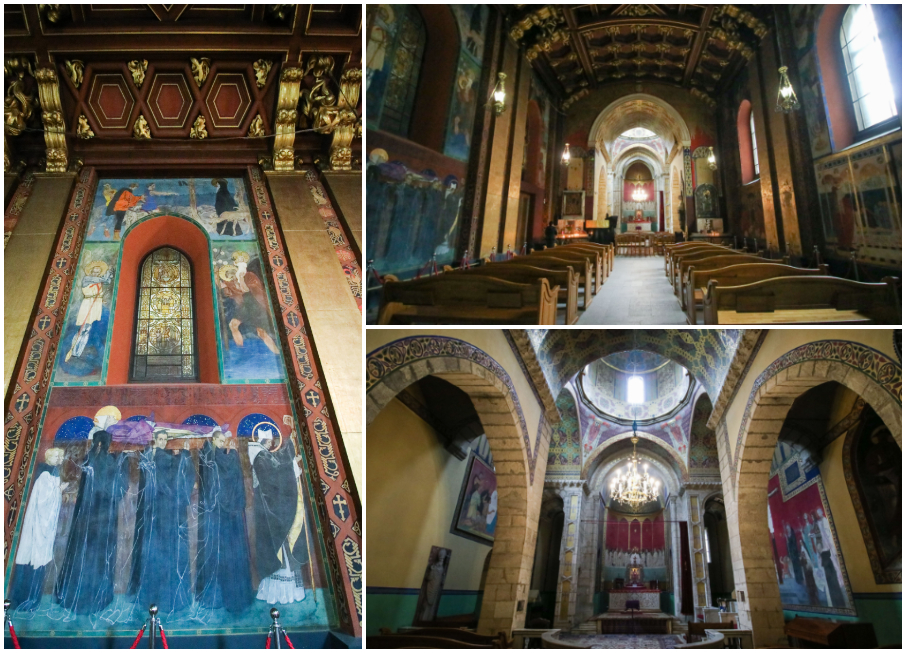
“Armenian Church” or sometimes even called Armenian Cathedral is one of the churches you should not miss. It was built in 1363 and has this ancient aura within its interior. The colors inside the church are different than in most other churches, red color is clearly taking the lead. The yard where all Armenians could find shelter is like a maze of arched passageways which looks astonishing.
Mons Pius
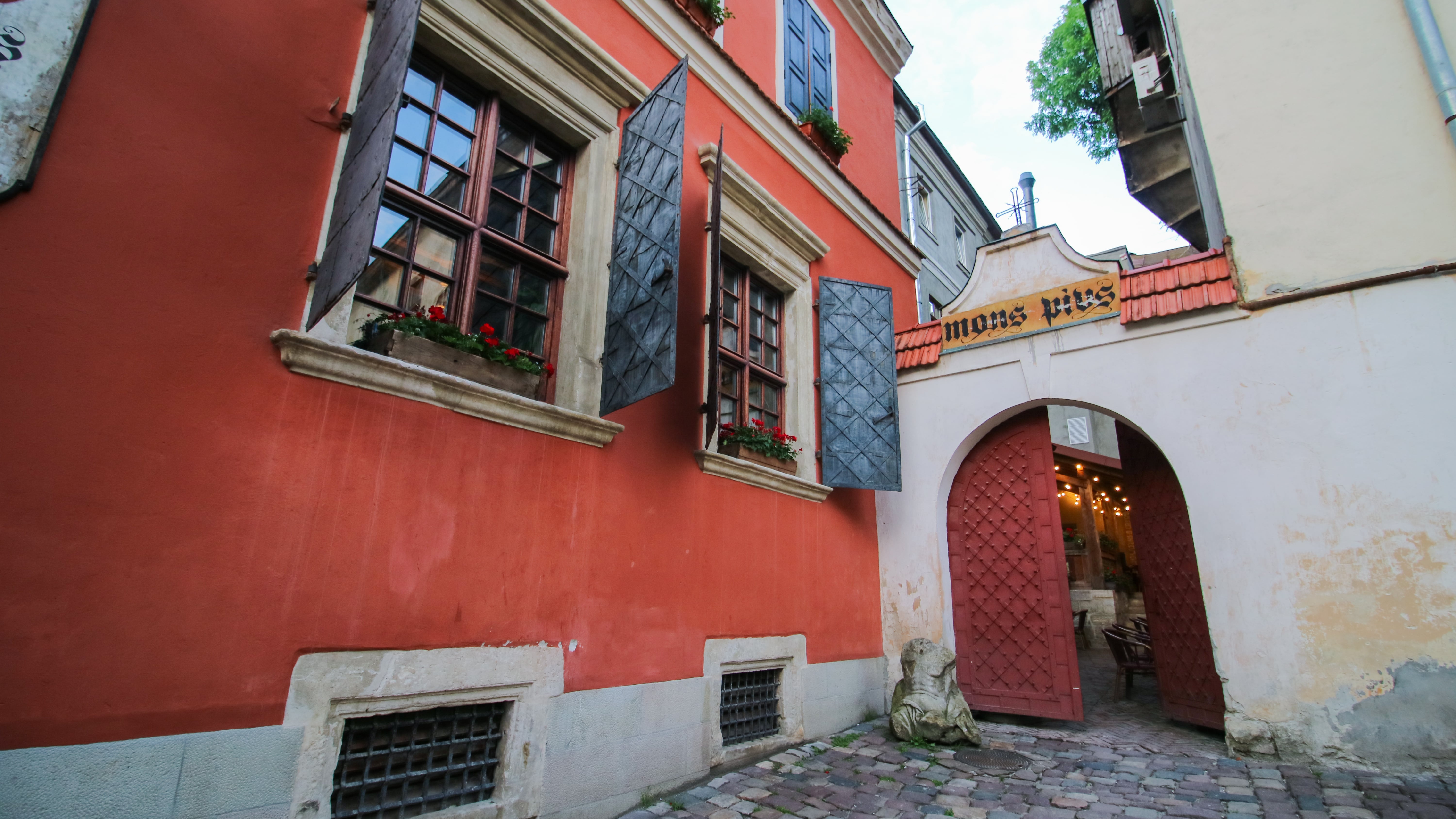
“MonsPius” is a restaurant specializing in beer and beef. We found it to be lovely place situated near Armenian Church. However, the history of the place is much more interesting than having a beer in their cozy and warm exterior. As this building housed the first Lviv’s Lombard Bank that had been operating successfully for 300 years till 1940. Nowadays, you can grab a pint of craft of beer and have amazing steak in this former Armenian bank which today is a great restaurant.
Toys Backyard
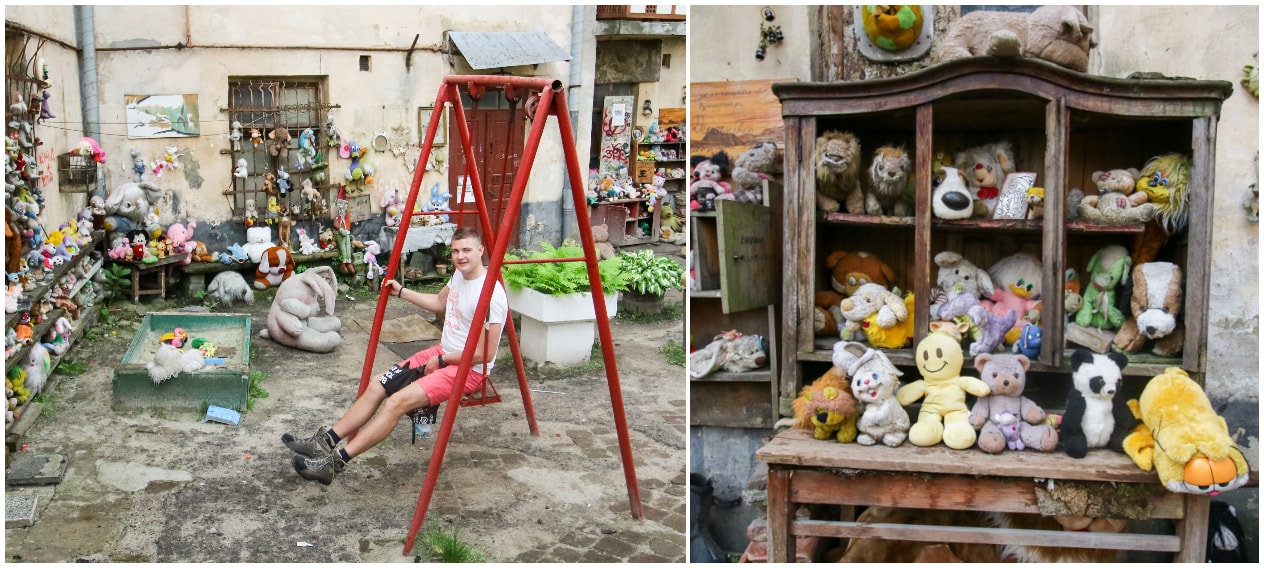
“Toys Backyard” sometimes also called - yard of lost toys, is a unique alleyway which has become its own little island of forgotten things. Nowadays it is a “museum” or a “shrine” made in one of the oldest neighborhoods inside a typical urban courtyard. The yard is open for everybody who wants to visit and examine tragically forgotten and left behind toys. If we could call it “exhibition” – it is always changing as new toys are added to the collection, and existing ones are collected by their owners, or find a way to a new home. The variety of the collection is spectacular and the way they are placed is even more wonderful. We believe it is a must visit location while you are in Lviv as it is something you will not find anywhere else.
Svobody Avenue
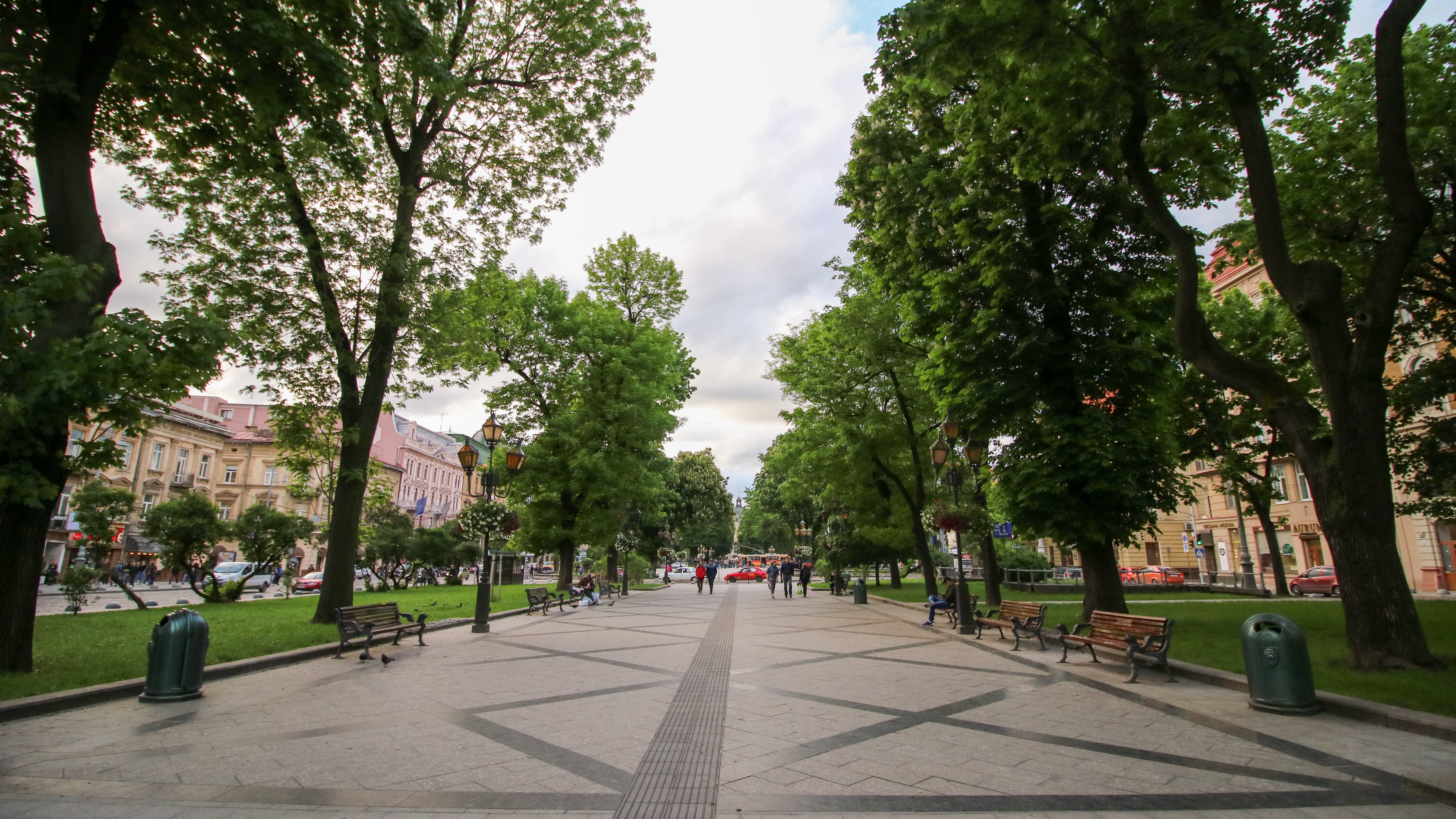
“Svobody Avenue” is considered most beautiful prospect in whole Lviv. It is surrounded by lots of famous architecture sites, such as Grand Hotel, massive Jesuit Church, Ethnography museum or well-known Opera and Ballet Theater. The streets are full of Austria-Hungary empire buildings. Since independence, the open space around the statue of Shevchenko and the alleyway leading towards the Opera House has been the place for political discussions and at some point, sparked the Orange Revolution of 2004.
Opera and Ballet Theater
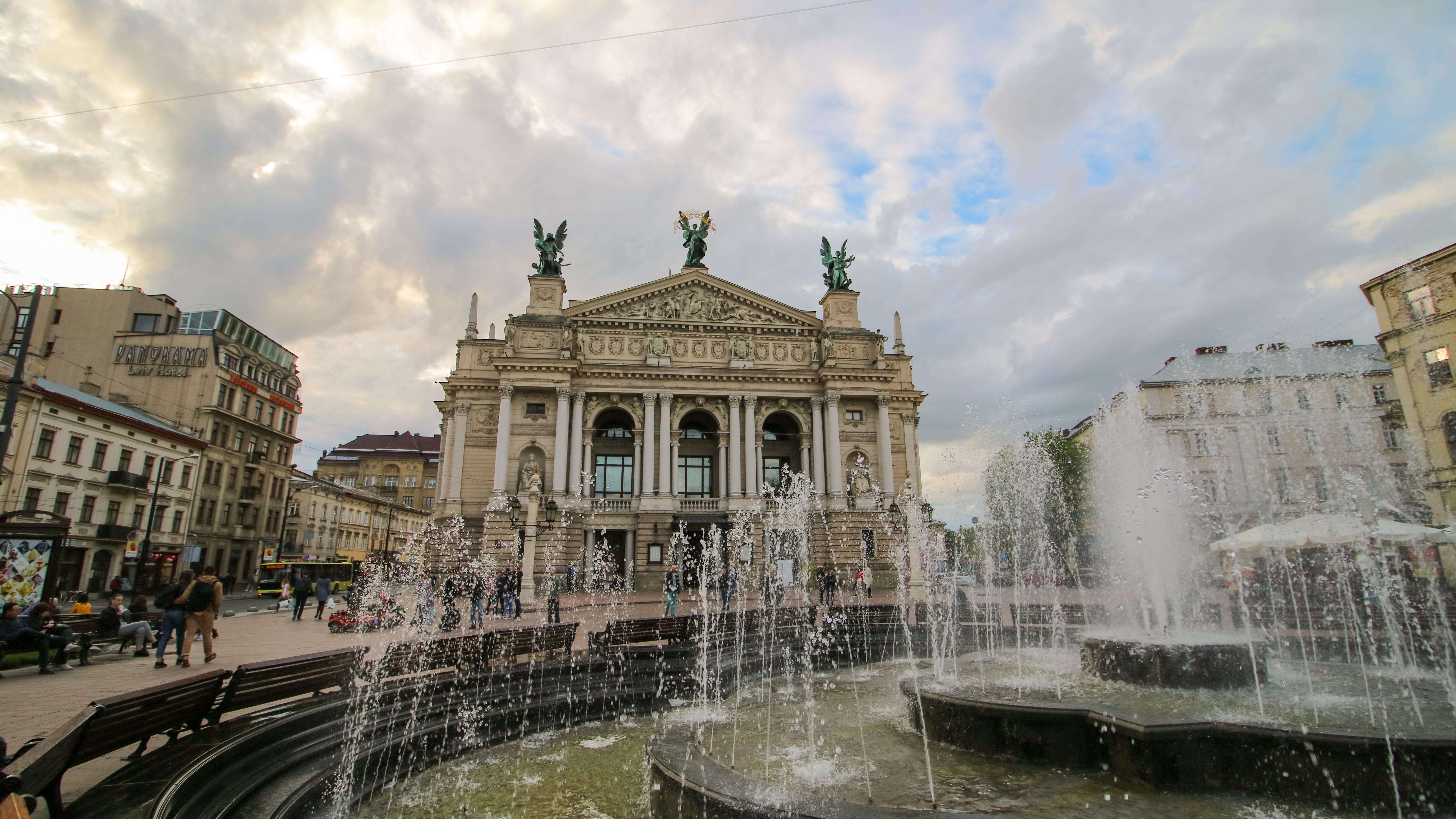
In the middle of “Svobody Avenue” we can find imposing building of the Lviv Opera and Ballet Theater which looks magnificent. Both of us were stunned of how detailed it was and that it brings back memories of buildings from both Vienna and Budapest. Most likely because the Theater was built of limestone and sandstone.
Lviv Opera and Ballet Theater happens to be the main symbol of the town, also, probably one of the most beautiful opera and ballet theaters in Europe and in the entire world. Moreover, inside in parterre, theater loges and three balconies there are more than a thousand seats. Lviv’s Opera and Ballet Theater was built on a river which now flows beneath the building in the drains.
One day a professor from Lviv University that for many years taught gynecology insisted that "Glory" sculpture not by chance has a rounded tummy. He bet his honor that the woman is pregnant. In order to confirm this, he went to the sculptor who sculpted "Glory" and got address of the model who posed for sculptor work. The model had a child and he proved that he was correct, also, confirming that the sculpture "Glory" crowning Lviv Opera and Ballet Theater is indeed pregnant.
If you want to see beneath flowing river check out “Opera Underground” (More about it here).
Patocki Palace
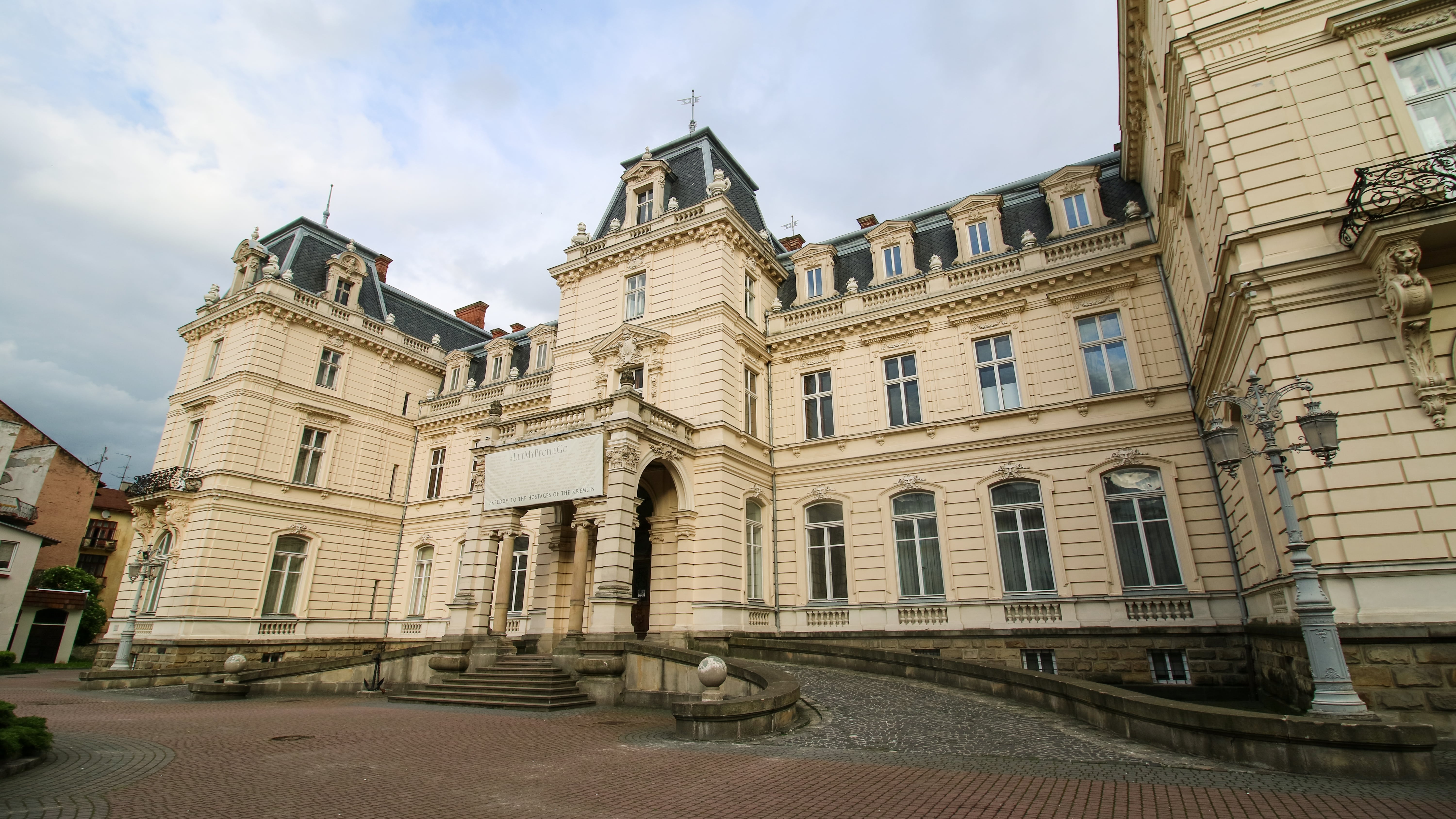
“Patocki palace” is valued to have one of the most charming and incredible designs from 19th century. As one of the most visited places in Lviv it is full of history and memories. Its garden is actually united with National Lviv Art Gallery and inside the backyard you can find many miniature Castles layed under the sky.
Town Hall Tower
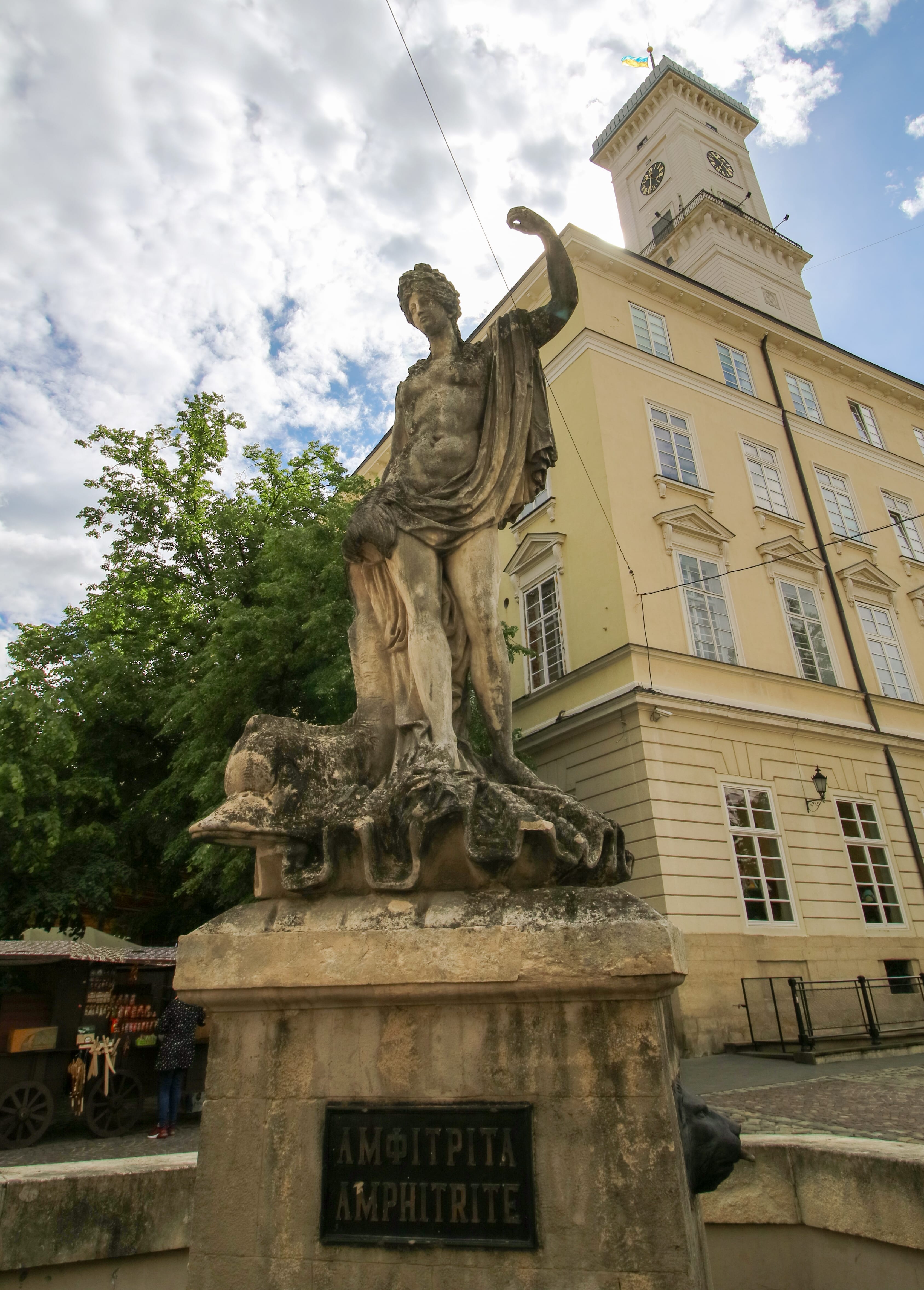
In the center of Lviv’s Market square (Rynok) you can find city’s Town hall. It has a tower from which you have possibility to view old town from above. The experience is great, however, there is an entrance fee and we would rather have some local snacks on top of the Castle Hill than climb the Town Hall Tower to get sight of similar view.
“Lviv Coffee Minery” & Legendary Yuri Kultschyzky
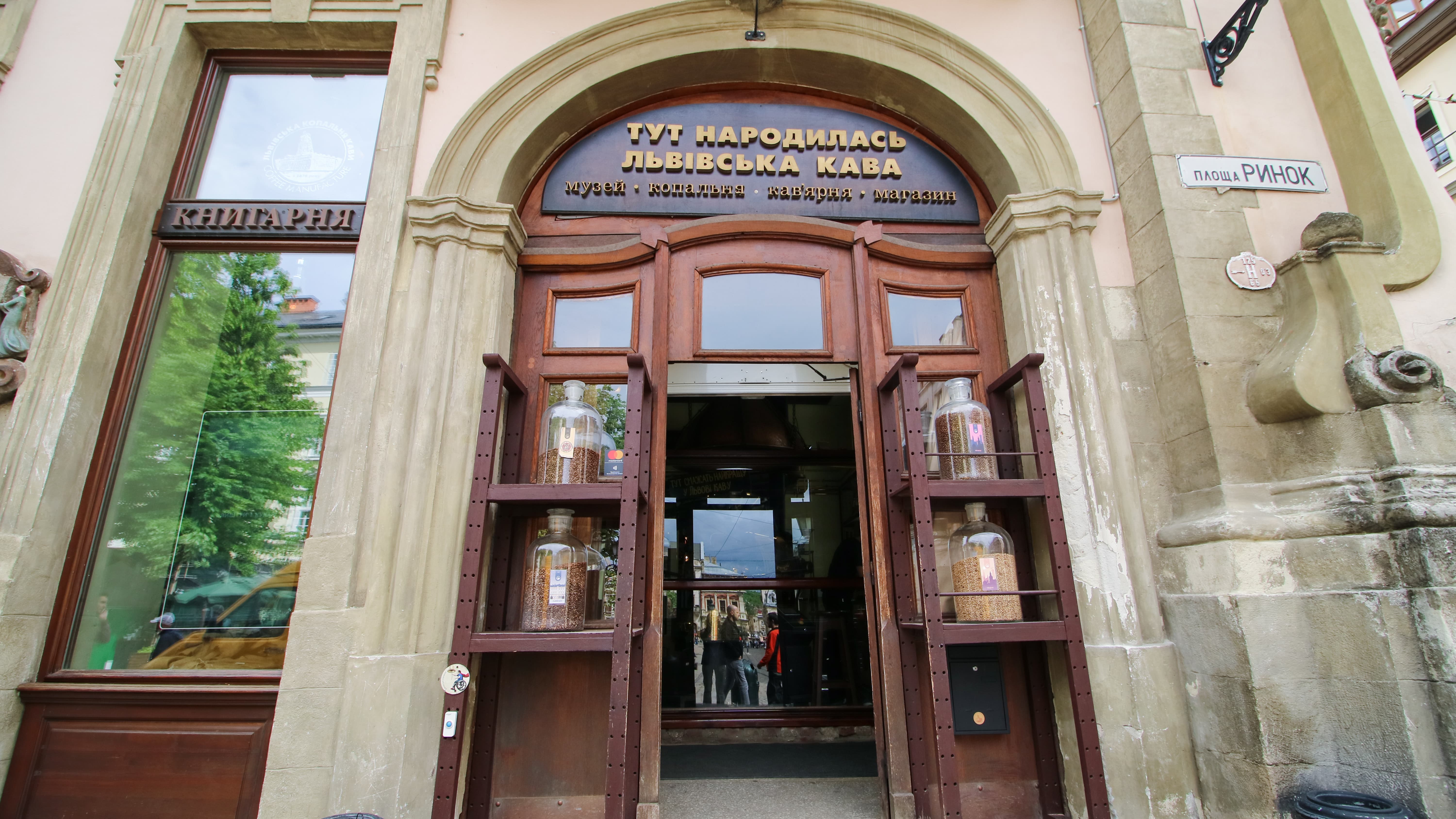
In the downtown of Lviv it is full of coffee houses. A short walk through the streets reveals coffee houses and terraces on every corner, with the aromas of ancient ‘brahmas’ tempt the noses of passers-by. Also, in the city you can find a lot of souvenirs related to coffee, there is even a whole museum of coffee. We visited it as we know that in Lviv coffee had a special popularity. Whatsoever, this comes not from some ancient tradition but from a legend that the person that brought coffee to Europe was born in Lviv and that was the reason why coffee is so popular. However, the whole fuss about coffee started couple years ago as a way to attract tourists.
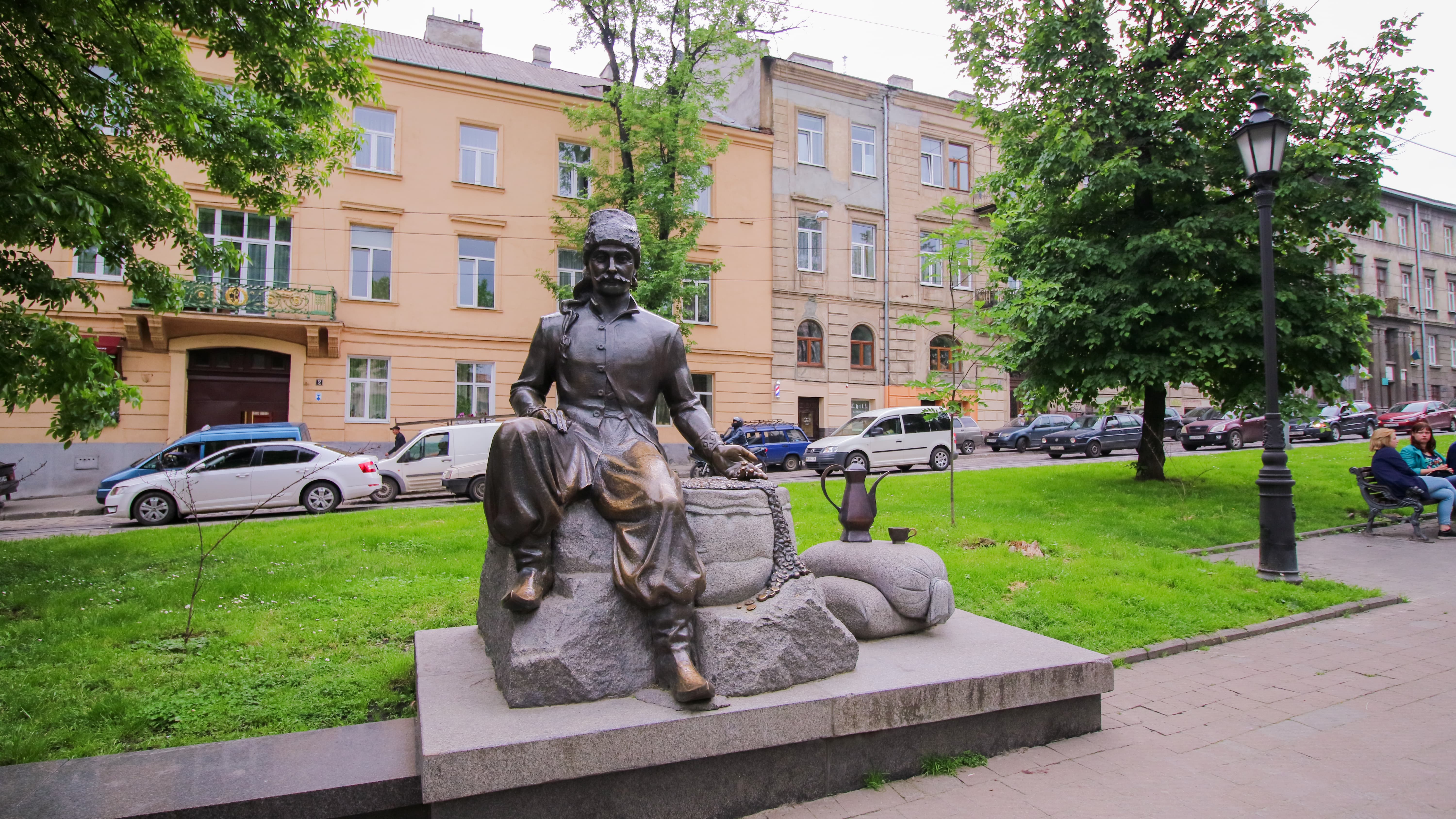
The name of the man who became a legend is Yuri Kultschyzky. He was Lviv citizen who as an emigrant opened the first coffee house in Vienna, Austria. It was called “Under the Blue bottle”. Legend says that when Ottomans Turks retreated, they left behind coffee beans which he used to start his venture.
Jesuit dungeons
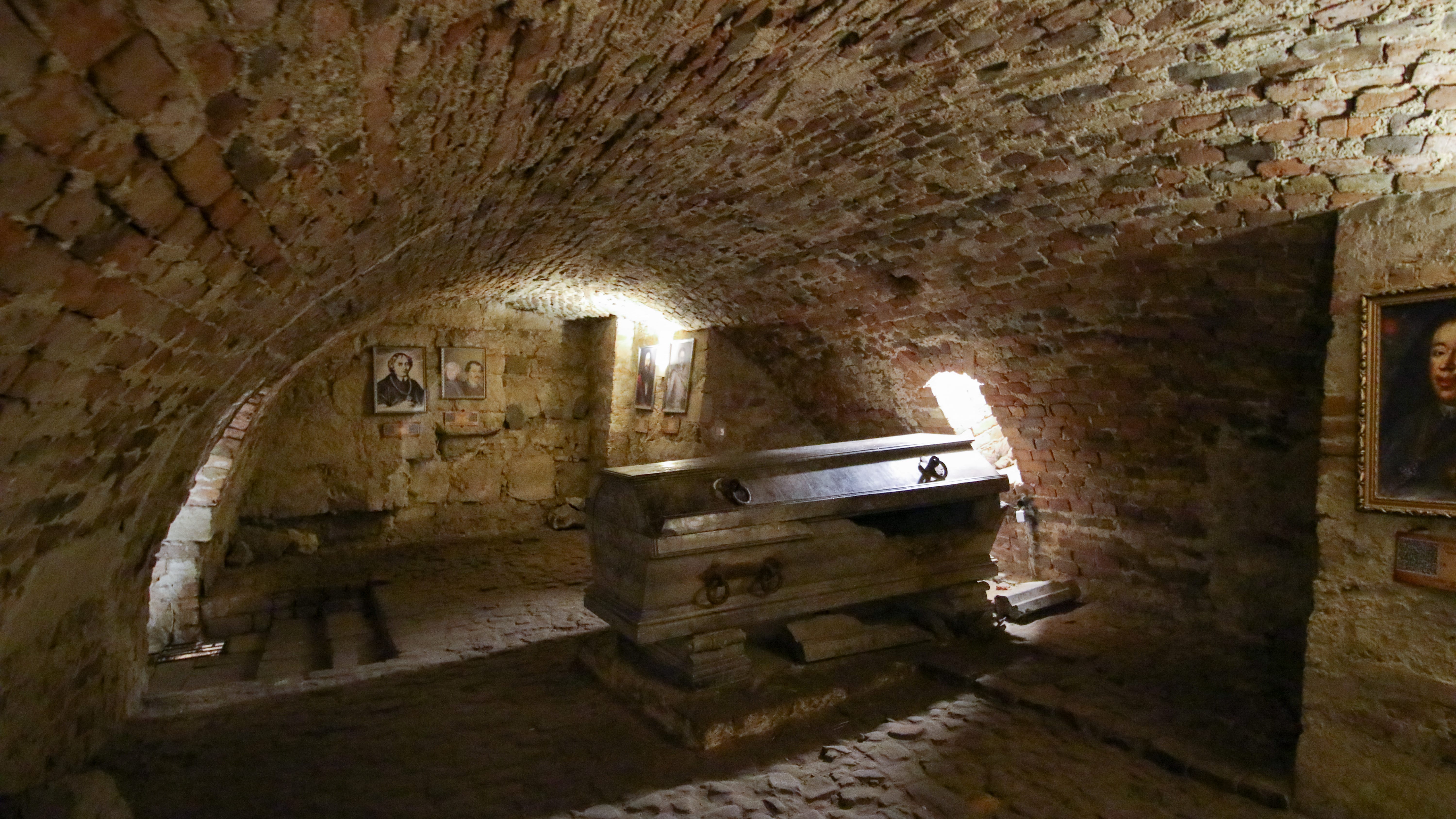
“Jesuit dungeons” or Jesuit Church of the Saint Apostles Peter and Paul which were built in 13th century and are the biggest dungeons in whole Lviv, even though, currently tourists mostly visits Dominican Church dungeons. You can find 16th century ceramics, as well as, 18th century solid stone sarcophagus. In addition to this, in one of the rooms you can find how real debt pit looked like. The Jesuits were lending money to the poor, but not everyone could give it back. Thus, those who did not have enough money to return the debt were chained to the wall and held until their relatives could cover all the debts. In addition to borrowed relatives had to cover whole nourishment expenses during whole detention period.
Rynok Dobrobut
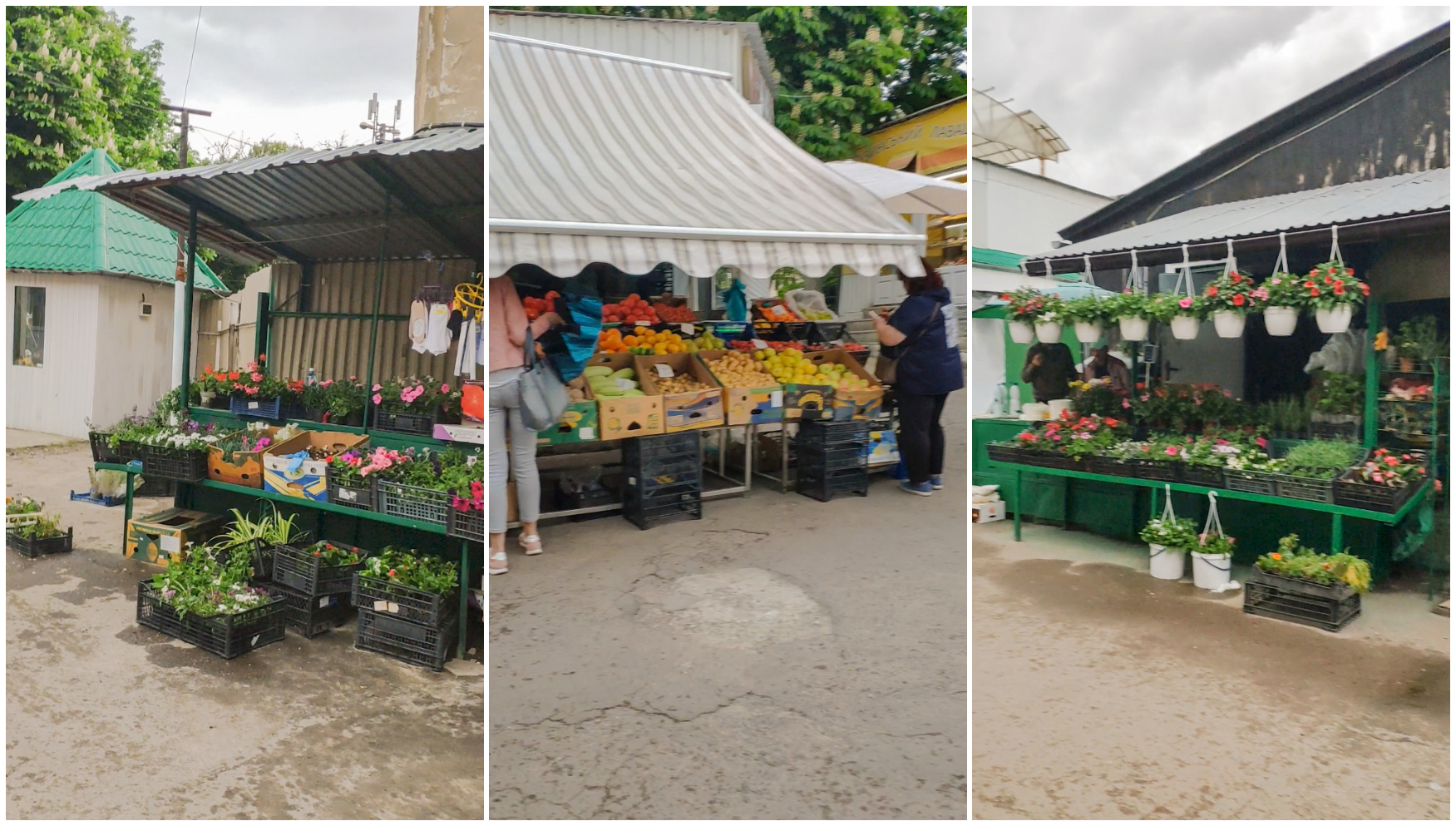
“High Castle Hill” is the place where the locals promised whole Lviv to look like on a palm of our hands. Luckily for them the weather was perfect, and we did see whole Lviv as on a palm of our hands. We enjoyed the view and would recommend coming here if you have additional time on your visit.
Lychakiv Cemetery & Lviv Tram
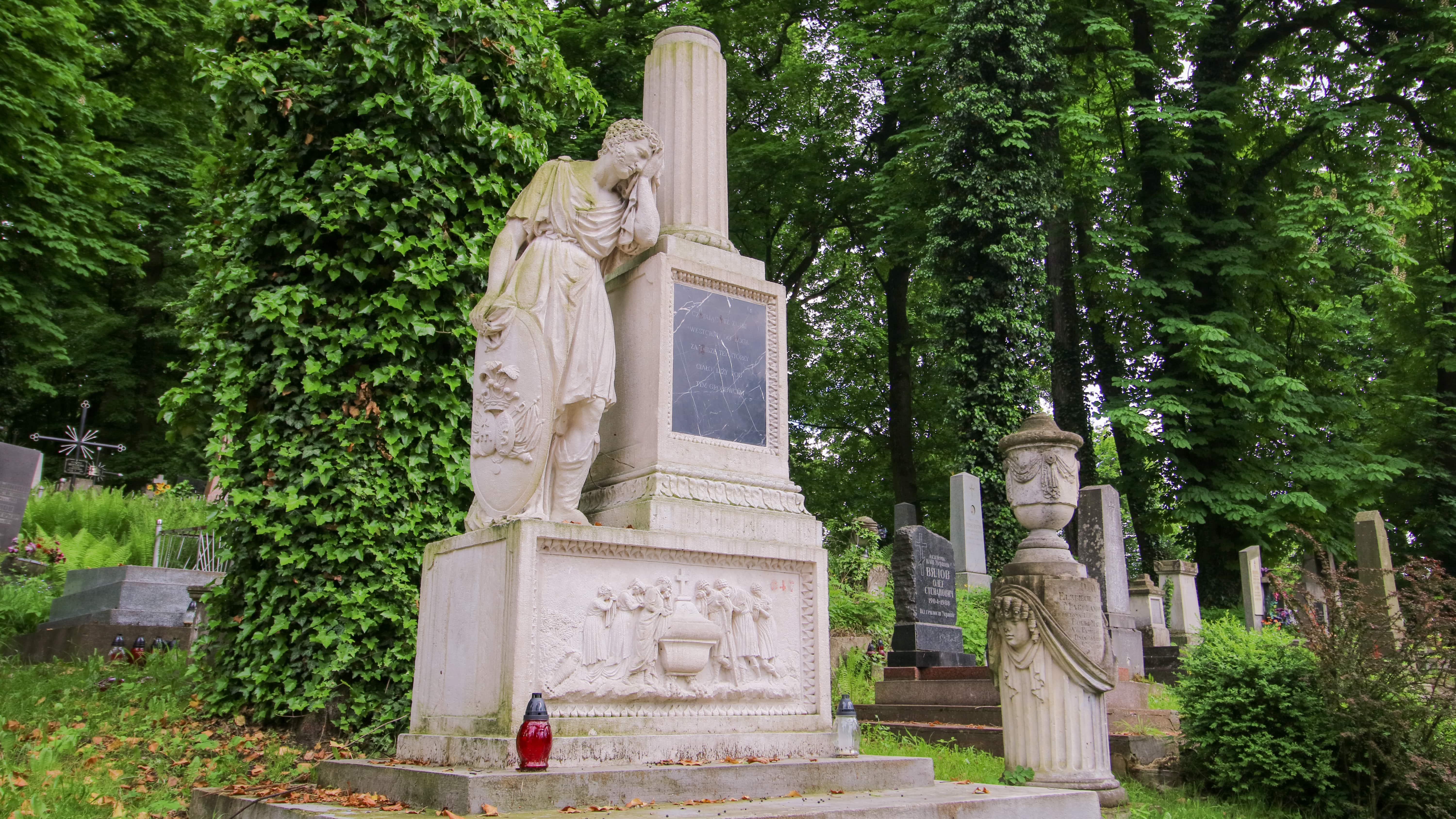
“Lychakiv Cemetery” are the oldest cemetery in whole city. To get there we used a tram, experience was like using old trolleybus in Vilnius, just the seats were less comfortable. However, many Ukrainians choose trams over small buses (by locals called “Marsrutka”) as you have more personal space here. Quickly we reached the back side of the cemetery and spotted couple of tourists trying to find the way in the cemetery. They were unsuccessful and just jumped over the fence. After a nice walk around, we found a back entrance which was locked with a code, however, on our way forward a man came to us and showed how to open the door without using a code. The whole cemetery is magnificent, huge and mystical. Only when we reached the main entrance, we saw the signs that you need to pay around 40 UAH to get inside.
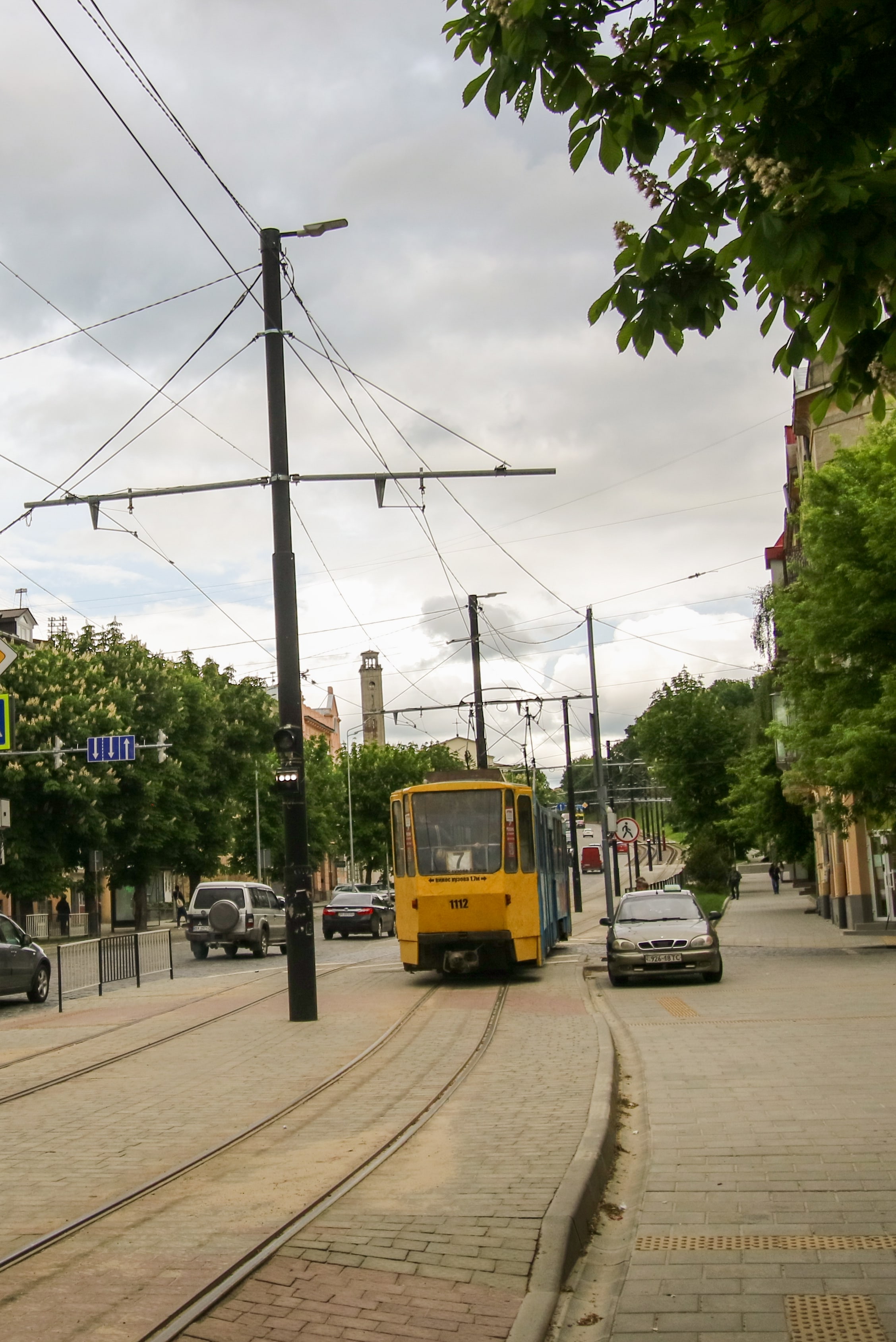
Skansen of Folk Architecture and Rural Life
“Skansen of Folk Architecture and Rural Life” is an open-air museum situated on the east side of the city. There you can explore Ukrainian rural life and their folk architecture. This place was highly recommended to us by locals and we thought of going there, however, Pijus got sick and we skipped it. Nevertheless, we traveled through the rural villages across Ukraine witnessing Ukrainian rural life, thus, in our case it was easy decision to skip it.
Is there anything else you would like to visit while in Ukraine?
If you have anything in mind, please let us know and let’s discuss it.
For more traveling tips subscribe to our newsletter!
